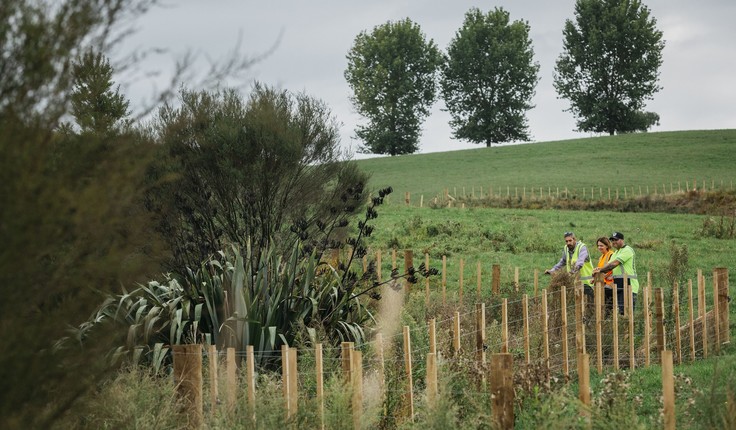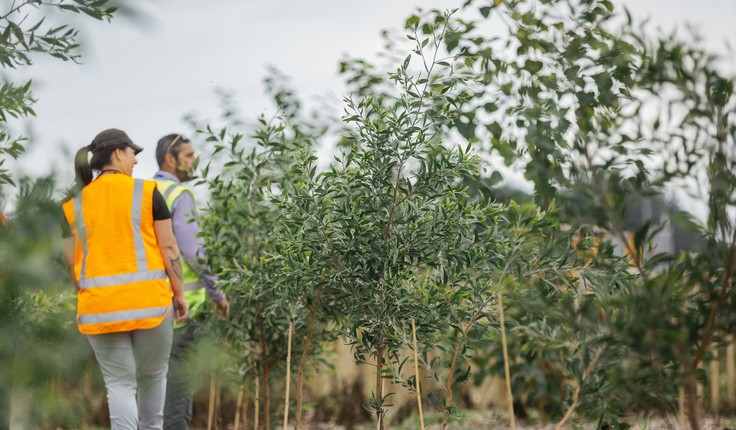News
Prison project wins praise
Posted 23 01 2020
in News

Award of Excellence
Boffa Miskell’s Waikeria Prison Landscape for the Department of Corrections picked up an Excellence Award in the 2019 Resene New Zealand Institute of Landscape Architecture Awards, Project Based Landscape Planning category.
The project began in July 2016 with a Prison Capacity Alternative Site Assessment to determine the most appropriate location for a proposed new prison facility in the upper north island.
Three alternative sites were assessed against a number of criteria, including landscape and visual considerations.
The focus of the project was to assist the Department of Corrections with obtaining an alteration to the designation for the Waikeria Prison site. The Department sought an amendment to allow up to 3,000 prisoners to be accommodated on the site.
From a landscape architectural perspective, the concept throughout all stages of the project process, from initial scoping to detailed design, was to ensure that the facility (within a large 94ha area of the 1276 ha larger prison site) could be integrated in to the existing rural landscape to minimise adverse effects on rural character and the visual amenity of neighbours, while also managing the expectations of tangata whenua and other stakeholders.
Award judges said the expertise of the landscape architects in the guiding of initial site selection, followed by setting key site planning and design parameters, proved to be critical in the overall success given the challenging timeframe set by Corrections.


They praised team members’ ability to work at a variety of scales, in order to document and understand the landscape resource.
“To supplement this analysis, the understanding and response to local knowledge sourced through effective engagement with the local community and mana whenua, has proven to form a key to the success of this landscape planning project,” the judges’ citation read.
“Too often, projects such as this fail to fully grasp the importance of effective engagement in order to assess the landscape as experienced by those that live in and whakapapa to the whenua.
“Given the speed at which this project was to be delivered, the skill of the landscape architectural experts involved is demonstrated, resulting in the weaving of client expectations with community benefit and remediation of the landscape.
“Importantly, the project also recognises that landscape management is enduring and does not stop once the consenting phase and even the design has been completed. To this end, the benefits of effective early engagement continues into the future through mechanisms for ongoing kaitiakitanga.”
The landscape architects utilised all of the tools in their tool box to achieve a successful overall landscape change, benefiting the environment and those living within it, long term.
Share
14 Apr
NZILA Board nominations close tonight

Read the insights from current Board members
What does the current Board have to say about this opportunity? REMINDER: Board Nominations close tonight, 14 April, 11.59pm We …
08 Apr
Update from Environmental Legislation Working Group
RMA Reforms and NZILA Wānanga
Our understanding of Spatial Planning and in creating well-functioning environments is more deeply considered than simply green fluff - the …
02 Apr
Follow up from the virtual IFLA World Council (22 and 23 March)

Did you attend the virtual IFLA World Council held last weekend? Presentations and ReportsThese can be found here. RecordingFor those …
Events calendar
Full 2025 calendar